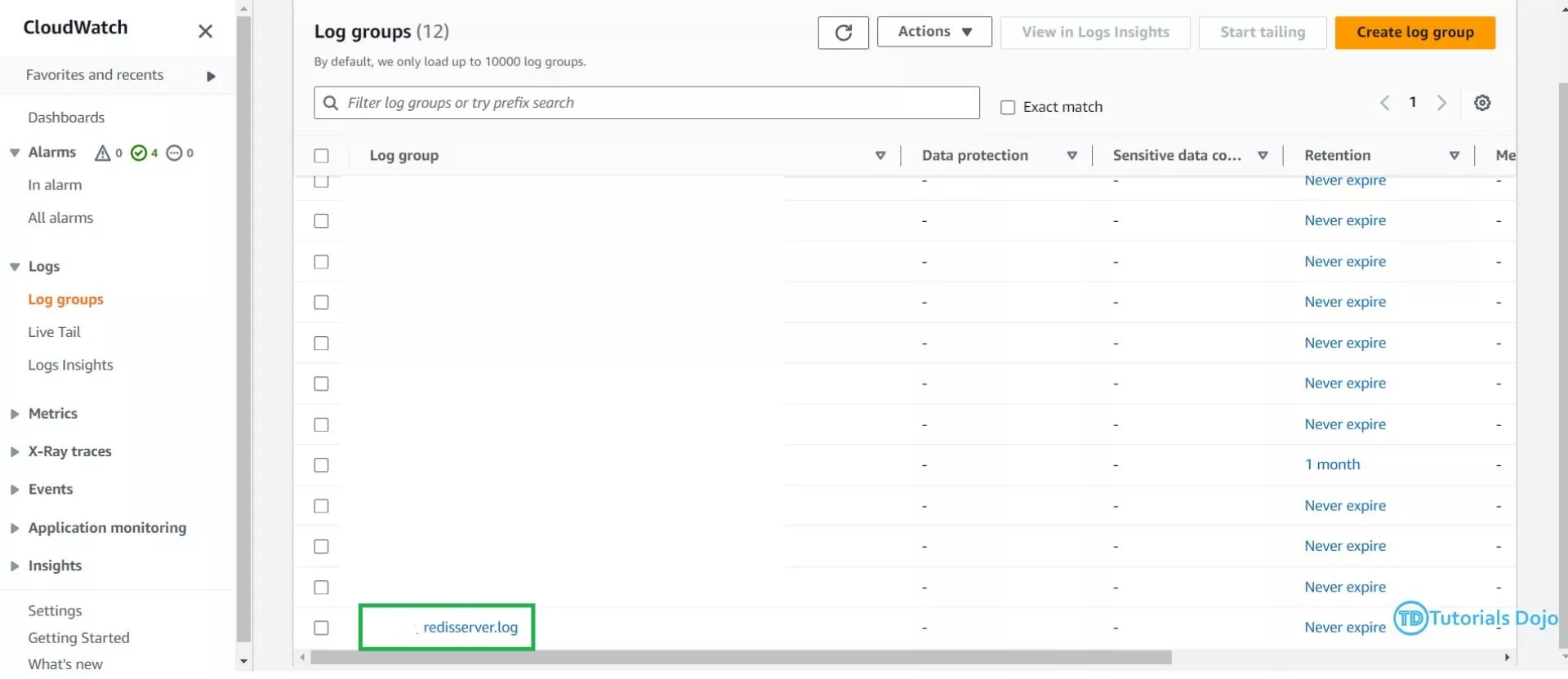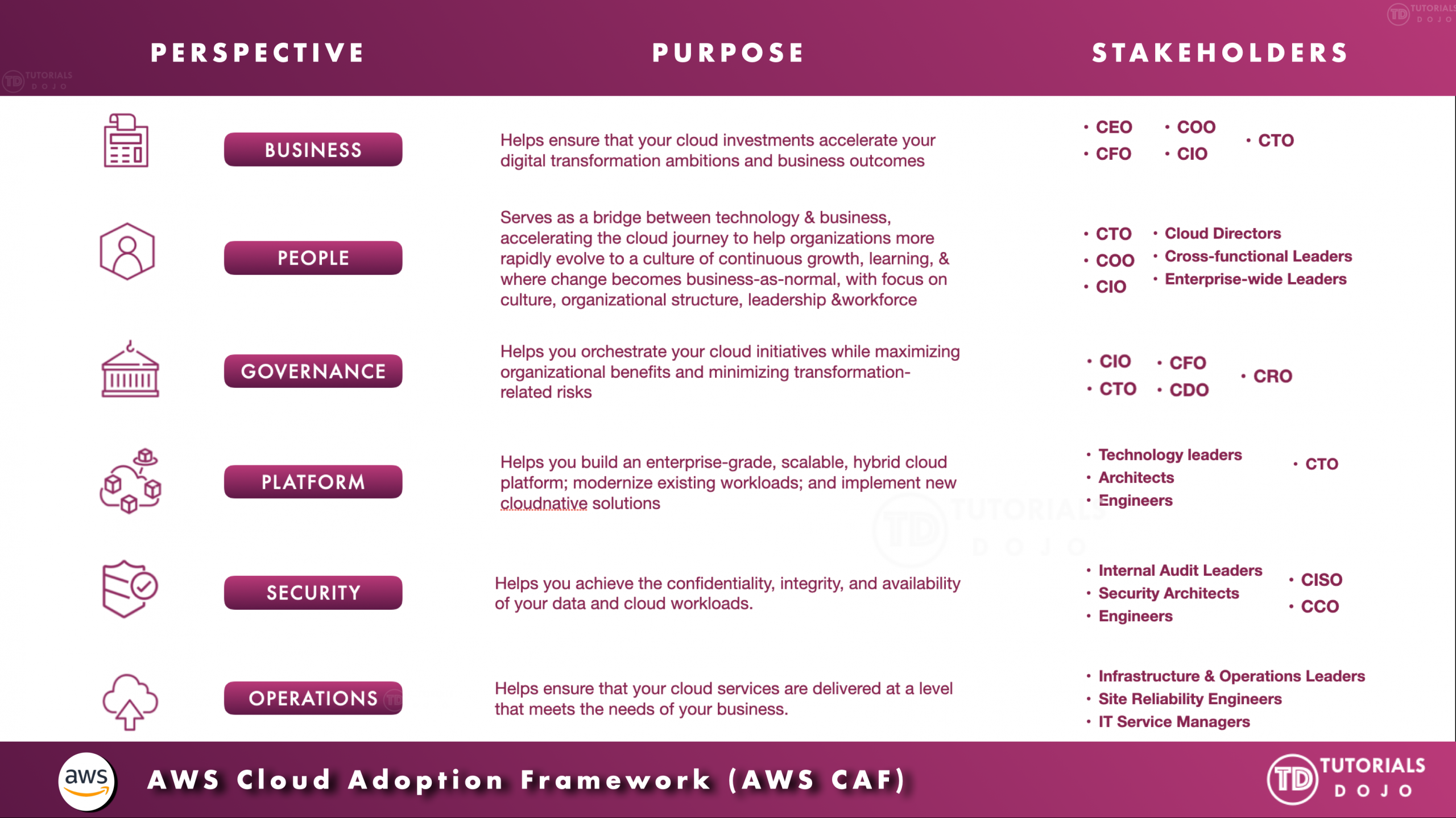Creating a Slack Notification for Redis Errors with Lambda Function and CloudWatch Logs Integration
Nikee Tomas2023-10-22T14:15:34+00:00As more companies turn to cloud solutions, monitoring and notification systems for errors are becoming increasingly crucial. Redis, an open-source, fast, in-memory key-value data store, is now a widely used solution for databases, cache, message brokers, and queues. However, like any software, Redis may experience errors that require immediate attention. This article will guide you through setting up an automated Slack Notification using Lambda Function and CloudWatch Logs Integration to receive real-time alerts when Redis errors occur. Let's begin by configuring the CloudWatch agent to send Redis logs to CloudWatch Logs by running sudo vi /opt/aws/amazon-cloudwatch-agent/bin/config.json in SSH. Suppose you [...]










